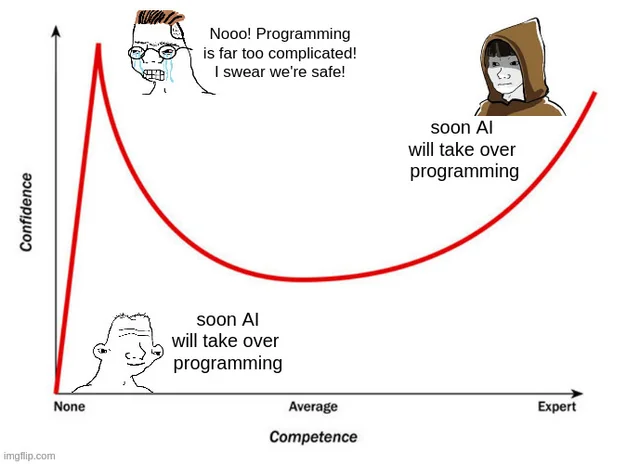Member-only story
Why Nintendo (still) believes in crossing the barrier between in-app and IRL
From StreetPass to Pokémon Sleep, Nintendo has piloted the blue oceans of apps that require IRL actions.

For many people, the summer of 2016 is fondly remembered as “The Summer of Pokémon GO.” Players of the new AR app rushed out and into their neighborhoods on a quest to catch ’em all. Combining the near-universal appeal of the ever popular Pokémon and the novel location-based gameplay led to a huge, diverse player base that made headlines.
(Okay, so maybe some of those headlines were about trespassing.)
This was not the first time that Nintendo lent its IP and power to a social, location-based service, nor would it be the last. The company, historically known for testing out new innovations like VR and motion controls, has seen value in combining gameplay with IRL actions.
Is there still value in this kind of user experience? What can we learn from Nintendo’s continued fascination with apps like Pokémon Sleep?
A history of Nintendo’s IRL experiments
Pokémon Pedometers

Starting in 1998, Nintendo tinkered with a way for players to bring their Pokémon outside of the games. Pokémon Pikachu, a kind of combination between a pedometer and a Tamagotchi, was the first. Next came the Pokémon Pikachu GS and then the Pokewalker in 2009. The pokeball-shaped, final iteration allowed for any of the player’s Pokémon to be transferred into the device, gaining experience with every step.

The Pokewalker allowed players to catch Pokémon and find items, these actions powered by “Watts” that were gathered through taking steps. Maybe this device was the first inkling of an idea behind the later Pokémon GO phenomenon.







